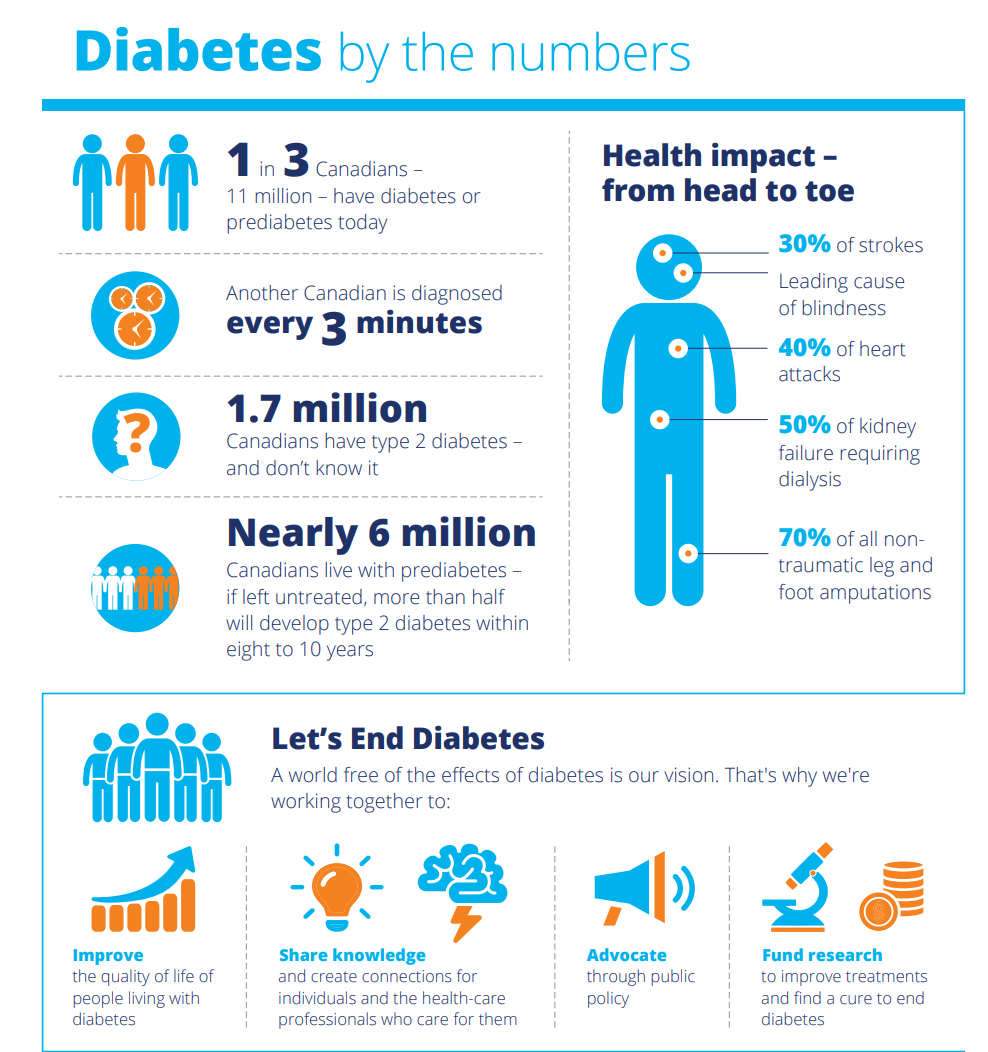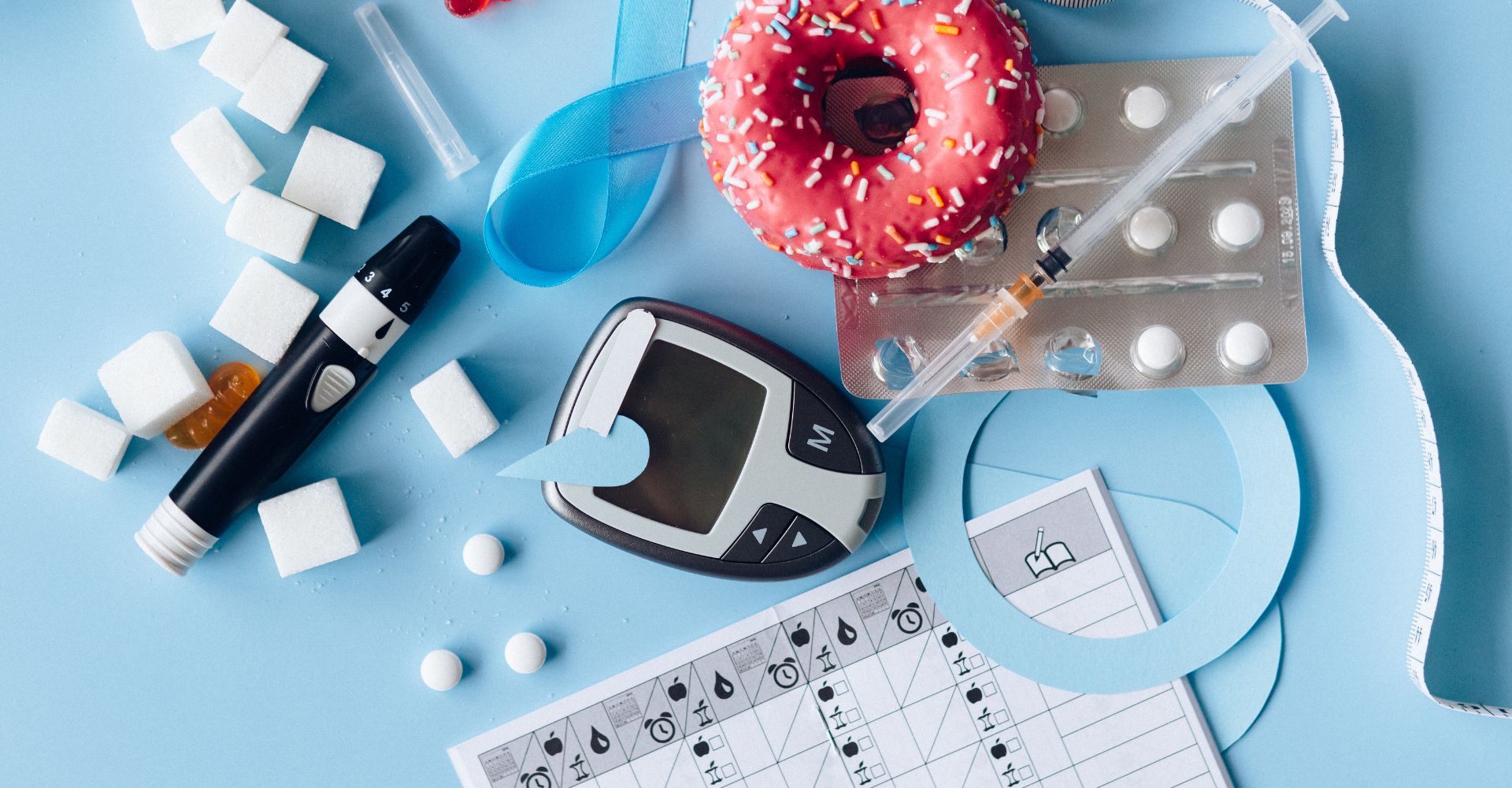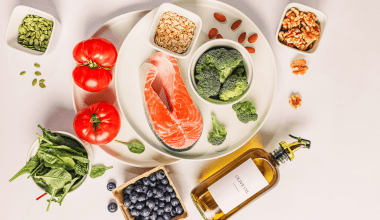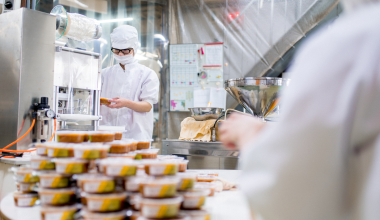If you have a sweet tooth and have that daily yearning for indulgences like chocolate, candy bars, cake, or cookies, you are in good company. It’s quite natural to be drawn to sugary foods and it’s unrealistic to expect yourself to avoid them altogether. But a little knowledge of which sweets are safer to eat can go a long way towards helping you avoid type 2 diabetes.
Diabetes – Some Chilling Stats
Diabetes is a disease where the body doesn’t produce enough insulin to manage the sugar levels in your bloodstream.
Over time, diabetics may also experience heart disease, vision loss, and kidney disease. Nearly 10% of Canadians now suffer from diabetes and the rate is increasing by about 3% every year. Another 6.1% of Canadians are pre-diabetic, putting them at a much higher risk of suffering from diabetes.

In a study of over 50,000 women, those who consumed more than one sugar-sweetened beverage a day had an 83% higher risk of developing type 2 diabetes compared to those who had less than one drink per month.

Whether you are diabetic, prediabetic, or even pre-prediabetic, it’s important to understand how these sweet indulgences can impact you, and the differences between good and bad sugars. Not all sources of sugar are created equal. Some come with a hefty dose of nutrients, vitamins, and minerals, while others offer little to no nutritional value.
Natural Sugars
Fruits and vegetables contain natural sugars. They are nutrient-dense products and contain a wealth of essential vitamins, minerals, and dietary fiber. They are also naturally low in fat and calories. The fiber contained in these foods moderate the absorption of sugar into the body, keep glucose stable and everything works together to supply the body with sustained energy throughout the day.
Consuming Sugars and the A1C Test

The A1C hemoglobin test is considered a reliable indicator of average blood sugar levels over a two to three month period rather than at a single point in time. This test is used to diagnose and manage diabetes as well as to give patients an indication of whether they’re at higher risk based on a higher A1C reading.
A lot of processed foods and sweets (sugary drinks, pastries, candy bars, etc.) contain refined sugars which are absorbed into the body very quickly. That in turn leads to sustained higher sugar levels and, in the absence of moderation, can lead to type 2 diabetes. Unrefined sugars such as those found in honey, maple syrup, and agave are absorbed much slower and should be the preferred choice. However, these must also be consumed in moderation.
When diagnosed with diabetes and there is a requirement for ongoing management, it is best to opt for A1C-lowering foods. Experts recommend whole grains, fruits, veggies, nuts, and legumes. Include healthy sources of protein, such as lean meats, fish, soy, and eggs.
Glycemic Index vs. Glycemic Load
The glycemic index is a scale that ranks carbohydrate-containing foods based on how much they raise blood sugar levels. Foods with a higher GI value cause a faster and greater rise in blood sugar levels compared to foods with a lower GI value. Foods with a high GI value include white bread, potatoes, and sugary drinks, while foods with a low GI value include fruits, vegetables, and whole grains.
The glycemic load takes into account both the type and the quantity of carbohydrates in a food. It is a more accurate measure of a food’s impact on the blood sugar level than the GI. When eating sweet foods, you’re better off eating those with a low glycemic load. Examples are berries, apples, sweet potato, Greek yogurt, dark chocolate, and nuts.
It’s important to note that even though these foods have a low GL, they should still be consumed in moderation as part of a balanced diet.
Diabetes Sugar Levels: Which Sugars Are Good and Bad for Diabetics?
Fruits contain more natural sugars than vegetables. Research shows that sugars consumed in their natural sources (such as grains, fruits, veggies, and dairy products) don’t adversely affect diabetics. But, when that sugar is taken out of its original sources and refined to make processed products, then it is best to cut back the sugar intake.
Some of the healthiest fruits for diabetics are:
- Strawberries
- Blackberries
- Oranges
- Tomatoes
Other low-GI fruits you can enjoy are:
- Cherries
- Grapefruit
- Pears
- Apples
Fruits with high GI that are best consumed in moderation are:
- Banana
- Pineapple
- Lychee
- Mango
- Watermelon
- Dried fruit
- Canned fruit (without added sugars)
A Note About Artificial Sweeteners
Artificial sweeteners are sugar substitutes commonly added to create better-tasting foods or drinks. These substitutes give the products flavor without adding too many carbs or calories. If you see a product labeled “sugar-free”, “diet”, “low-carb”, or “keto”, it is most likely that this product has sugar substitutes.
Clinical trials suggest that consuming too many artificial sweeteners can increase the odds of cardiovascular and cerebrovascular disease. Animal studies show similar results.
Artificial sweeteners can lead to weight gain and other health issues. Therefore, it is important to consume them in moderation.
What Is the Best Sugar Substitute for Diabetic Patients?
Stevia is a well-known sugar substitute. If you are diabetic or prediabetic, you can use stevia because of its unique properties. Stevia is a natural sweetener that contains no calories. Stevia also has a low GI, meaning it won’t cause drastic blood glucose spikes.
One study highlights the benefits of using stevia in tea as a healthier alternative to sucralose. Stevia doesn’t have a negative impact on A1C, blood sugar, insulin, and lipid levels. While stevia is highly concentrated, it is also incredibly sweet, which means that only a small amount can go a long way. This makes it a cost-effective and efficient sugar substitute.
The information provided on TheHealthInsider.ca is for educational purposes only and does not substitute for professional medical advice. TheHealthInsider.ca advises consulting a medical professional or healthcare provider when seeking medical advice, diagnoses, or treatment.










